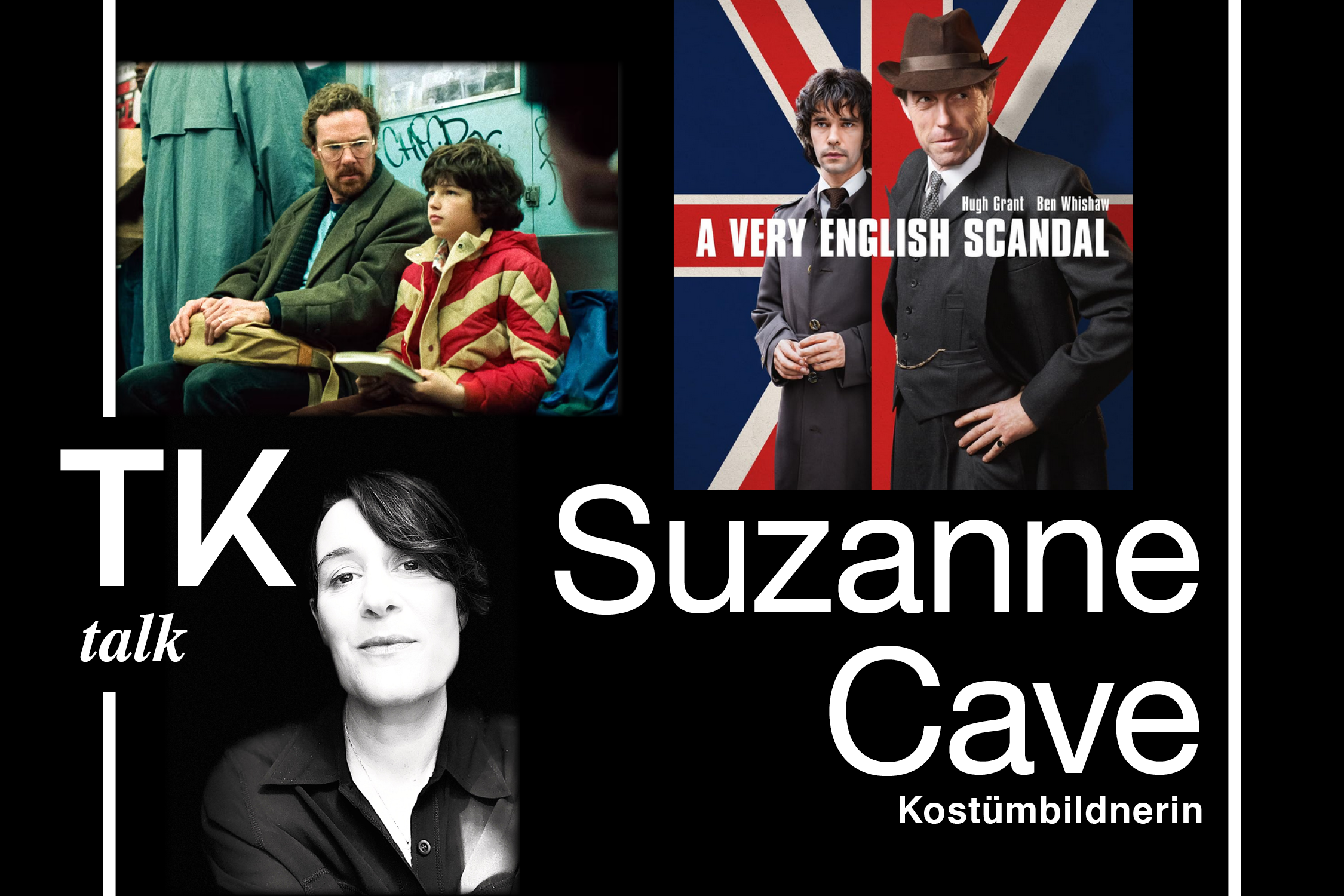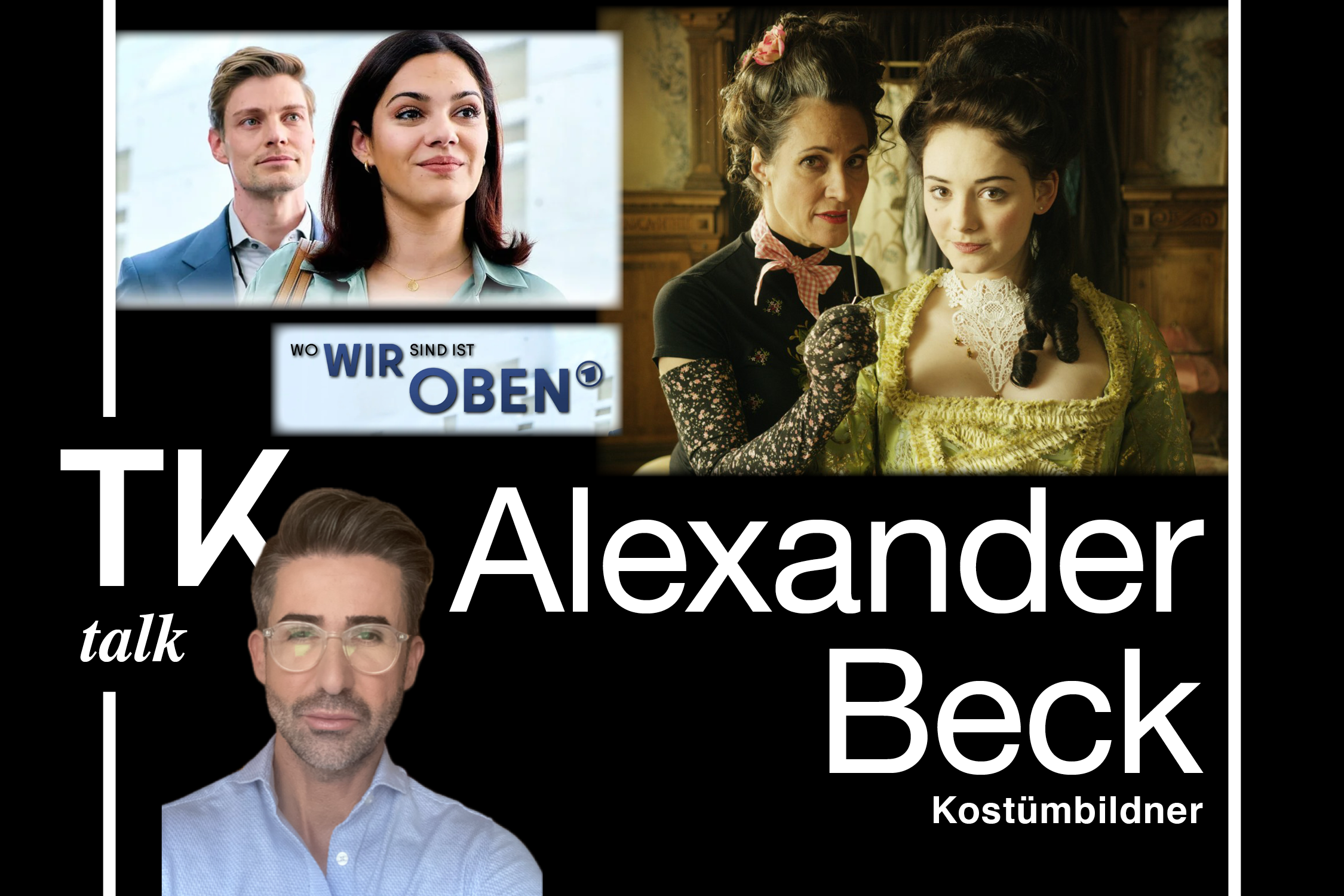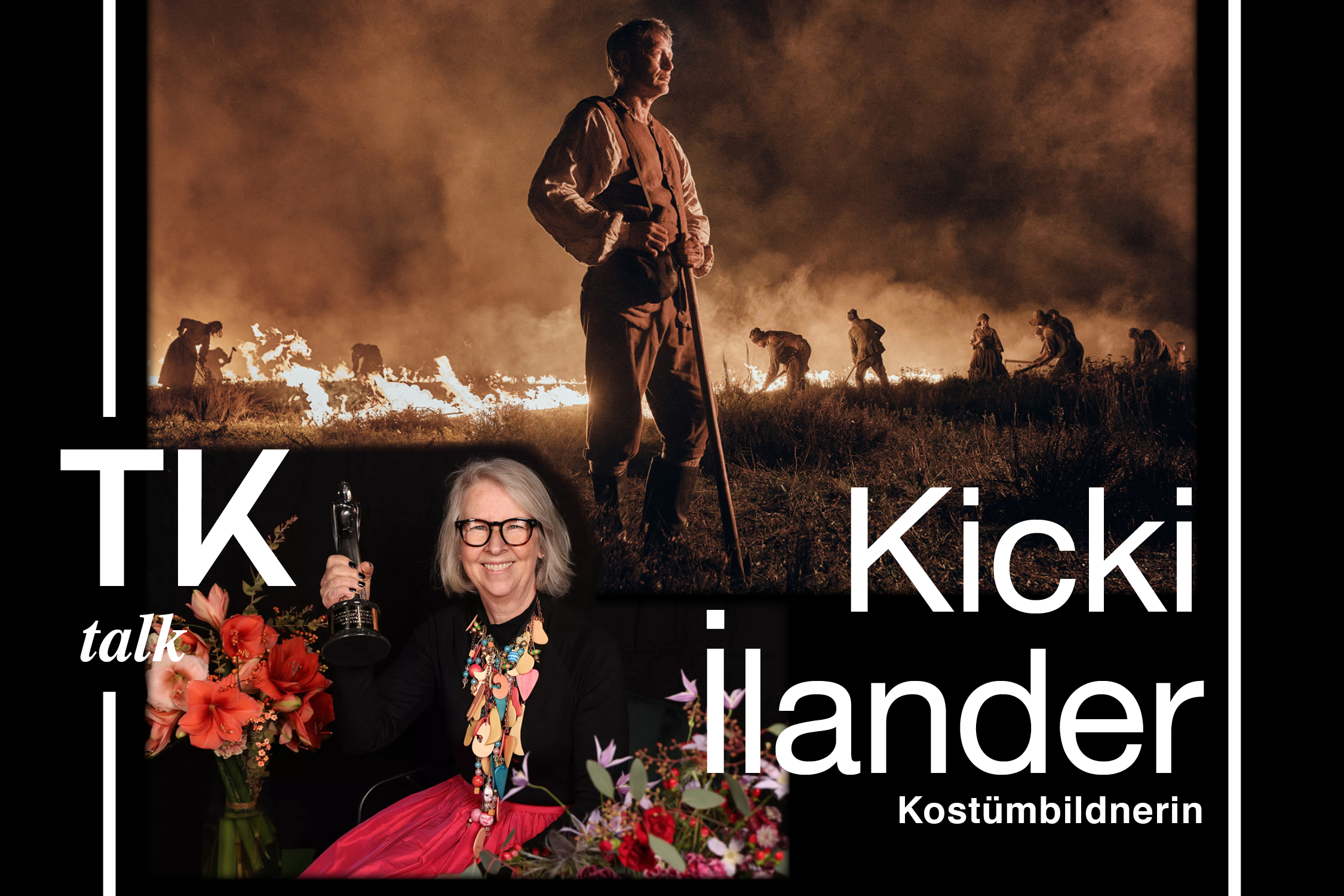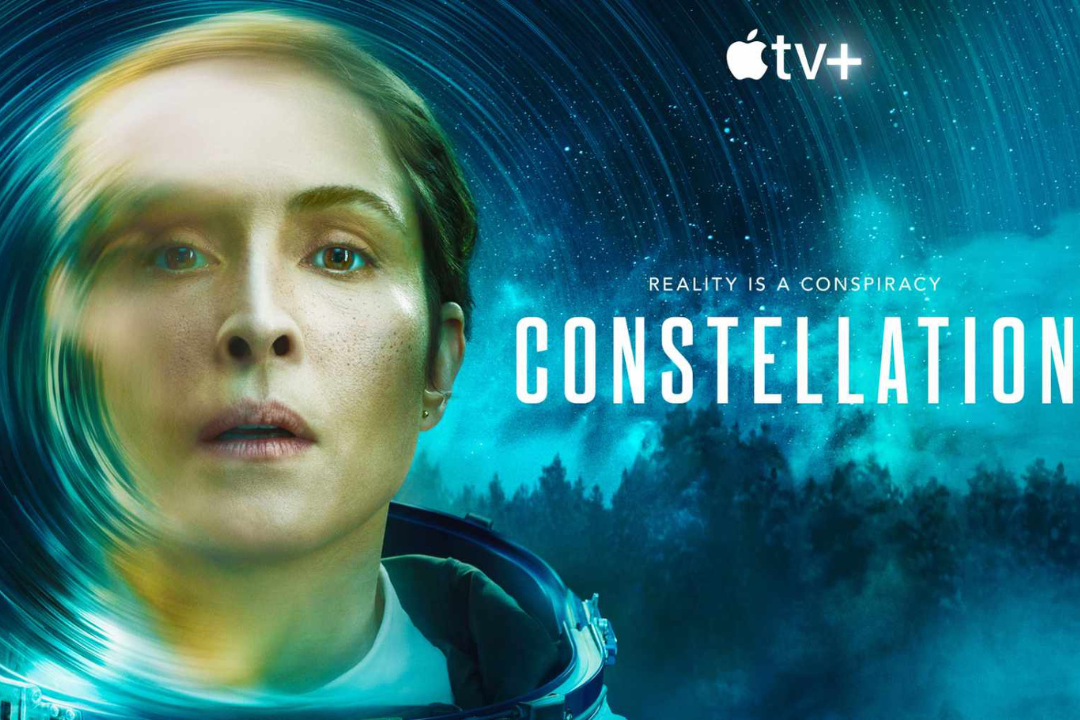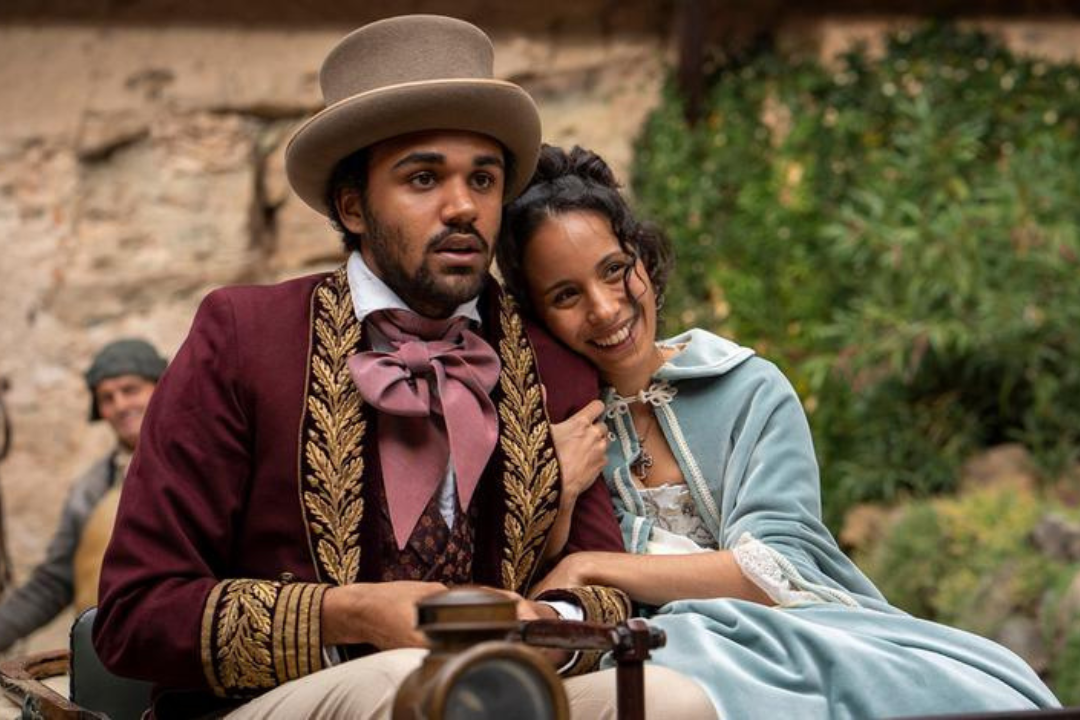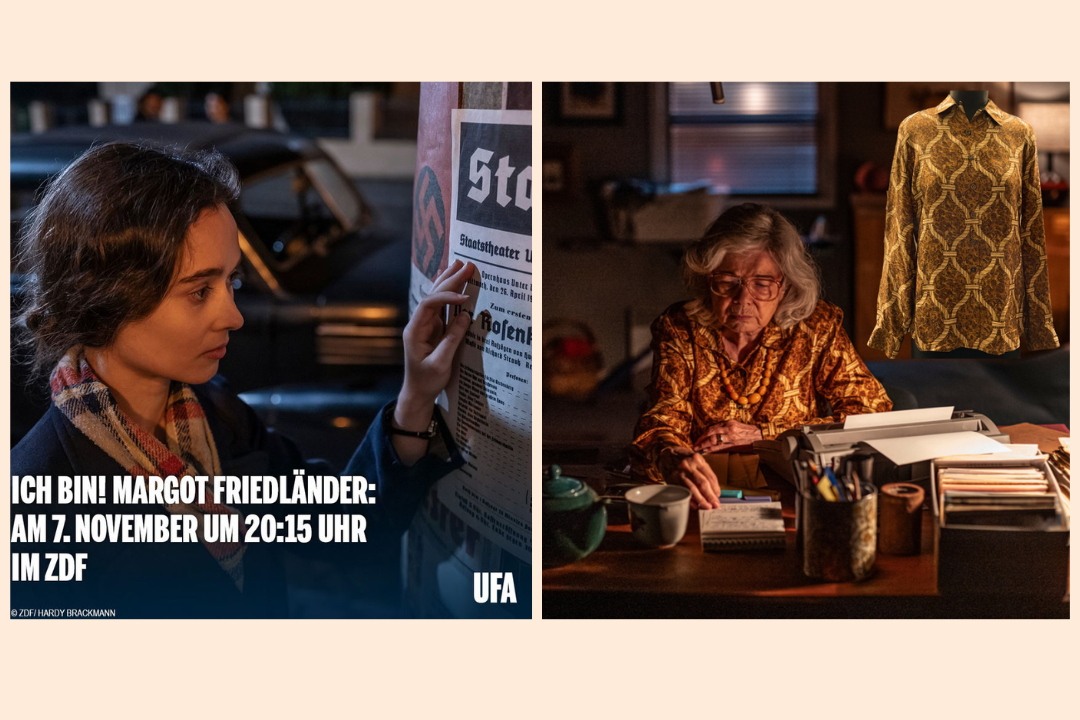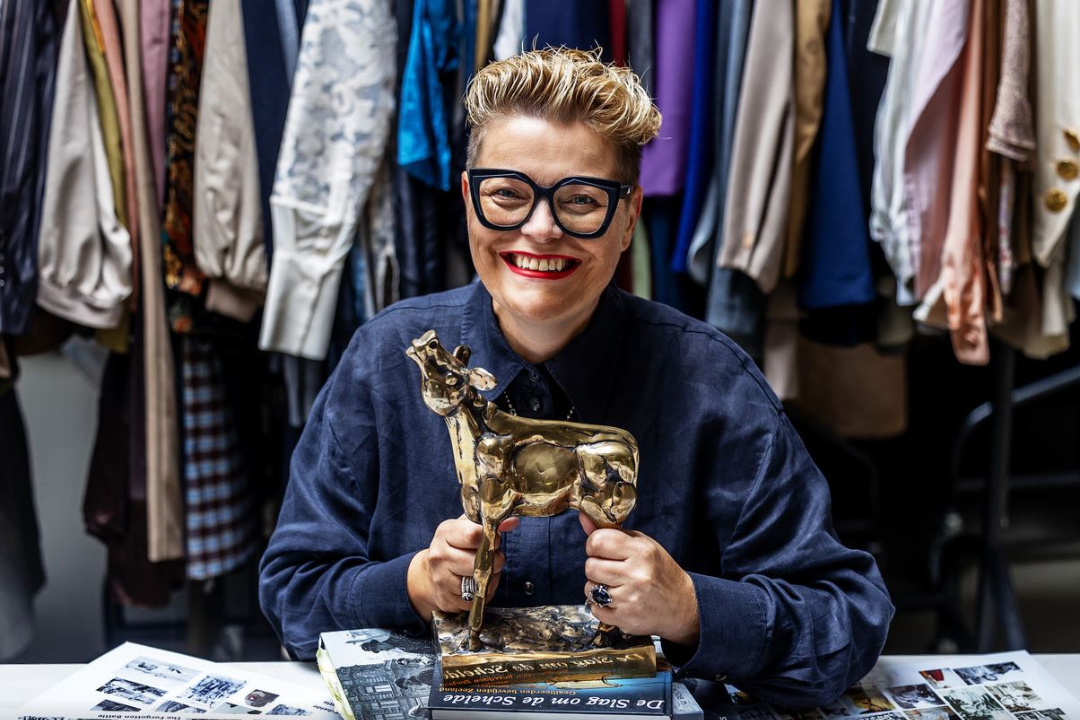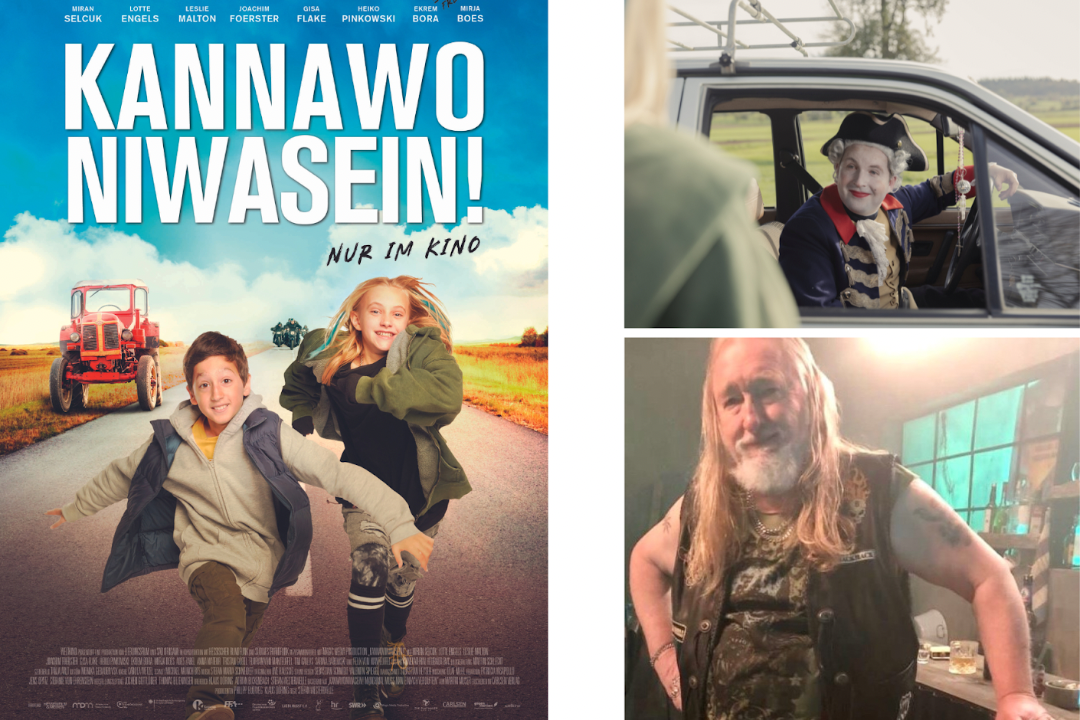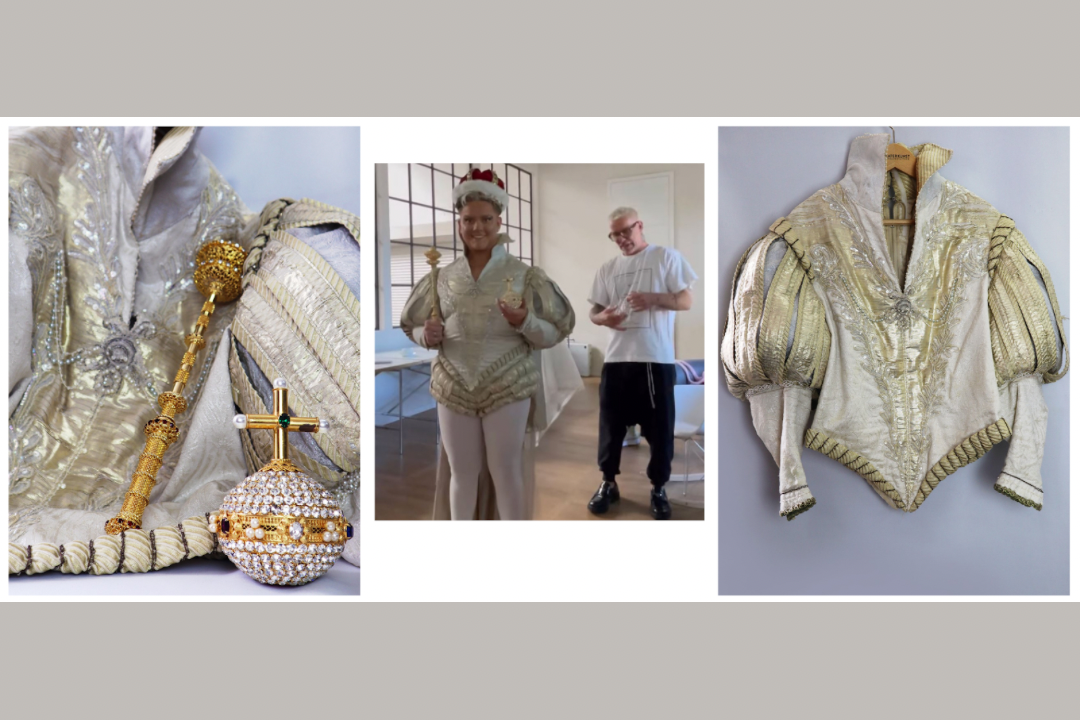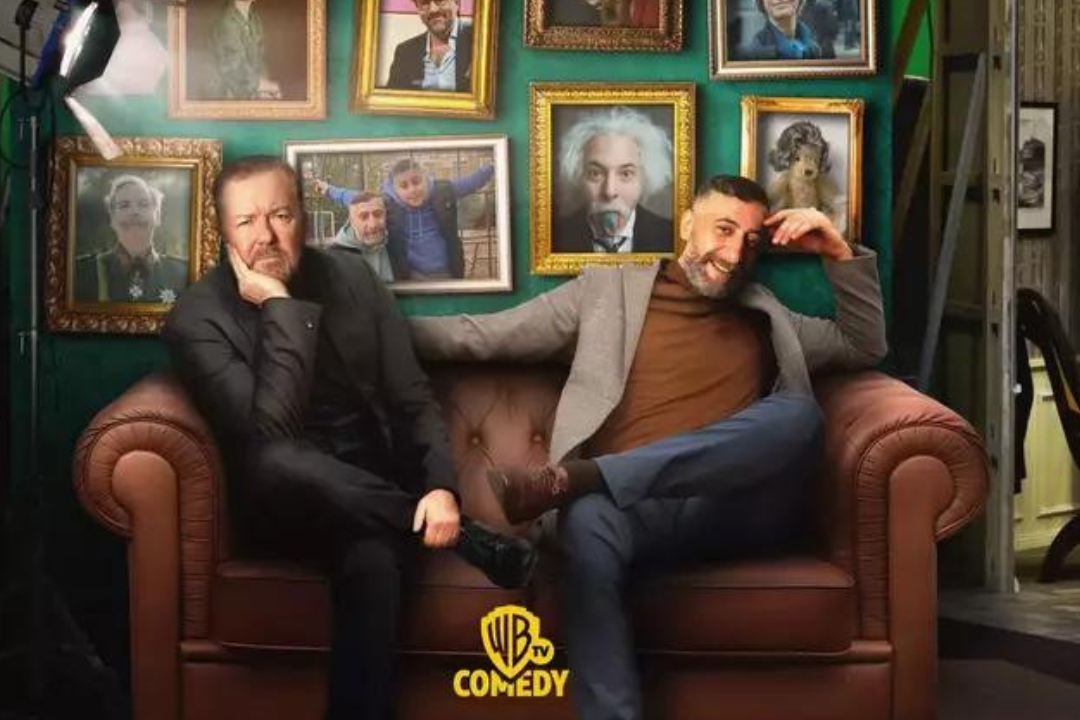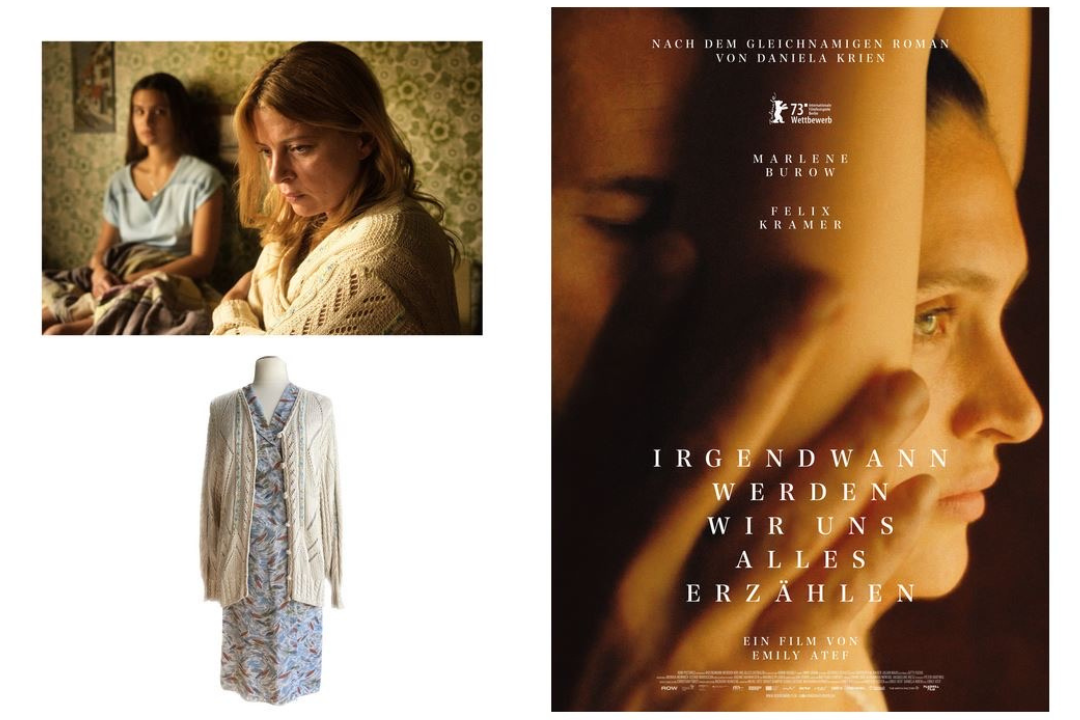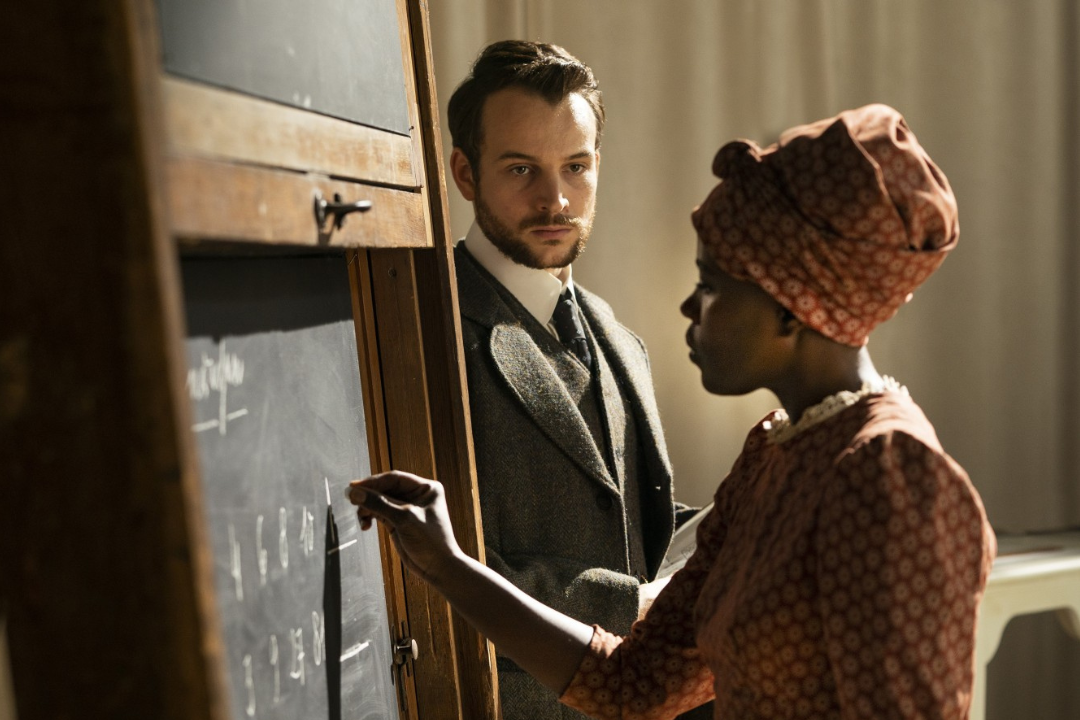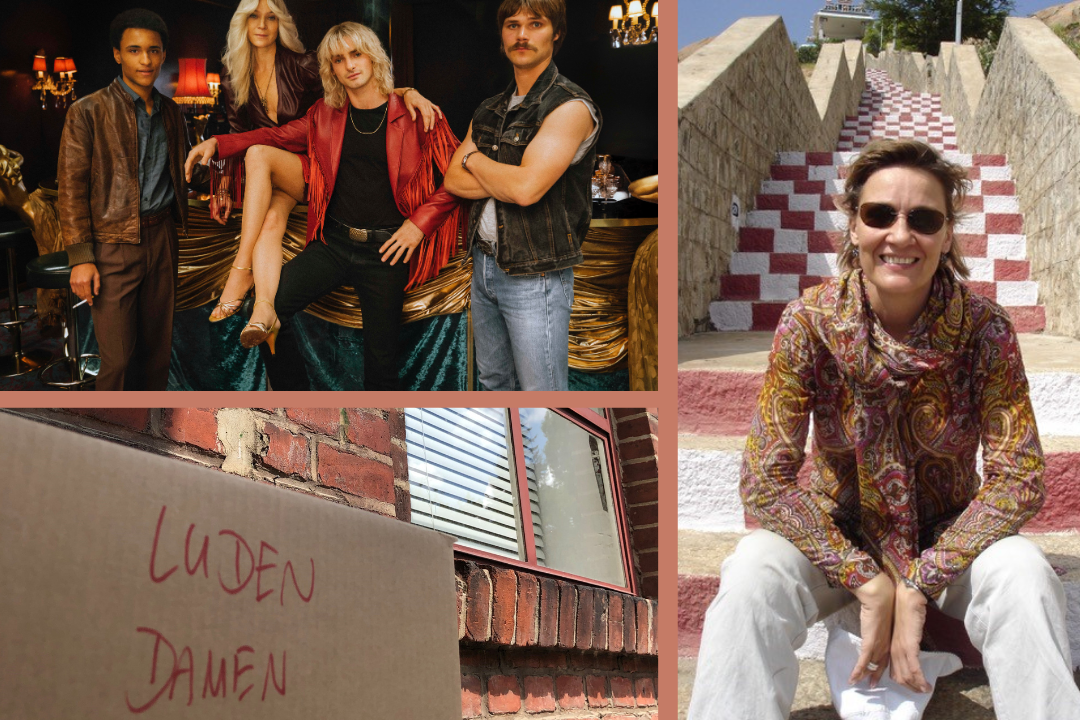Theaterkunst Talk
Uli Simon
Costume designer Uli Simon has now enriched more than 60 productions with her extraordinary feel for clothing, fabrics and in-depth knowledge about costume history. October 19th 2023 was the cinema release of Margarethe von Trotta’s “Ingeborg Bachmann – Journey into the Desert” featuring Vicky Krieps as the protagonist and Ronald Zehrfeld as Max Frisch.
We sent our questions to her adopted home of Luxembourg and are pleased that she took the time to answer them. Because she’s already busy with the next project.
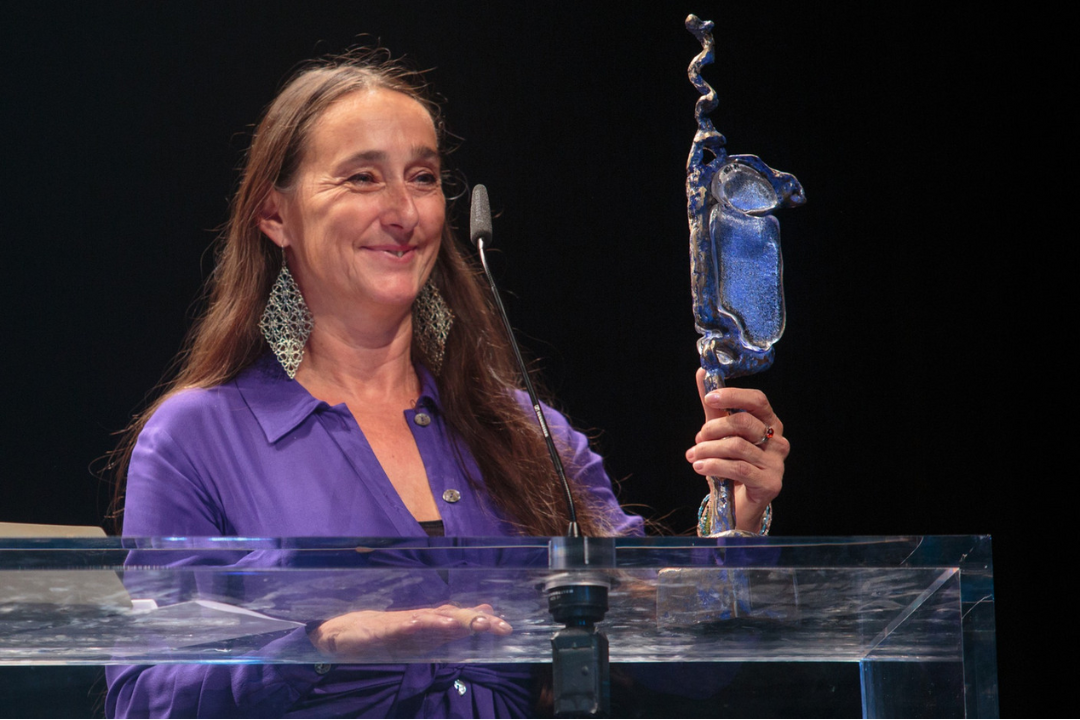
© Matic Zorman
Theaterkunst
Uli Simon
The film depicts Ingeborg Bachmann and Max Frisch in different phases of their relationship. It also tells the story of how a great writer goes silent, and of her struggle for self-assertion in a relationship. How did this character development influence the costumes?
Ingeborg Bachmann was a woman who, for the period in which she lived, had extraordinary taste. She enjoyed making herself beautiful for men. The way she dressed seemed to convey a considerable degree of self-confidence.
The relationship with Max Frisch lasted, if I’m not mistaken, from 1958 to around 1961. Since we tell the story as a flashback recalled during her stay in the desert, we also tried to show how a woman would dress in a country which at the time was so foreign.
With the help of clothing, we also tried to convey a development during the course of her sojourn in the desert. When she first arrives, she is still wearing her European clothes, which are not at all suitable for life in the desert. Over the course of her holiday, however, she adapts and adjusts to the new surroundings. Her clothes become more comfortable. In the process, she liberates herself, to a certain degree, from the shackles of the time and the conventional female image.
And still, she tries to use her charm to enthrall the men around her whenever necessary. Since Vicky Krieps is a very charming and beautiful woman herself, this wasn’t hard to achieve. The period dresses look great on Vicky, and with her very slim figure we were able to use a lot of the original dresses for her costumes. That was fantastic.
I also had some dresses made specially for her – like the pink dress at the beginning of the film, when she first meets Max Frisch. Or the green dress at the Mexican Embassy dance that nearly catches fire, as well as some other costumes we couldn’t find in costume stores.
Max Frisch, on the other hand, was very clear to me, once we found the right glasses for him. Unlike the first Frisch, Ronald Zehrfeld is very tall, but in the end I don’t think that was really a problem for the film. The glasses were what immediately turned him into Max Frisch. For Ronald we also found a few costumes in your collection, and whatever was still missing we made ourselves.
It was wonderful to immerse ourselves in that time period, and even more so to work with the fantastic Margarethe von Trotta. She always gave me free creative reign, so I was able to develop a good feel for the roles as my work progressed.
All in all it was a fantastic experience that I’m very proud of. I can’t wait to see how the film does at the cinemas, and I’m so happy that we’re finally there. After the premiere at the Berlinale in February, I had the chance to see the final product. I think the film is great! But that might also be because I got to be at all of those incredible shooting locations!
This last summer you did the costumes for the documentary “Die Spaltung der Welt”. The film re-tells the story of the years 1939 to 1956. What was so special about that project, and is there a different approach to the concept of costume design for a documentary as opposed to for a fictional story?
Yes, definitely, because here you’re dealing with real people and the moments they experienced, which are depicted as realistically as possible. In total there were 70 actors and approximately 400 extras. The film centers around six protagonists who move through the years 1939-1956, divided across six episodes. To tell these stories in just 40 shooting days… you have to work very quickly. Here too, Theaterkunst supported us with their wonderful costumes and a great team. The directors were extremely happy with the selection of costumes, and we were able to find almost everything here, with the exception of a few specific items. When working at such a rapid pace, it’s a huge advantage to be able to find so many things in one place. The difference between fiction and documentary lies in the accuracy of the reality that needs to be portrayed, as well as in the fast paced work. Both directors sometimes chose one and the same interpretation, which was really good for me. So the work still allowed room for artistic freedom.
What do you think is so special about your job?
What I love about my work is that I can always immerse myself in a new world, which then becomes my world for the duration of the shoot.
What are the advantages of a costume collection like that of Theaterkunst?
You have this seemingly endless treasure trove of authentic costumes. I always love coming to Theaterkunst, and I really appreciate the costume selection and the team that works here.
Thank you for taking the time to speak to us. See you soon at Theaterkunst!
Yes, see you soon!

